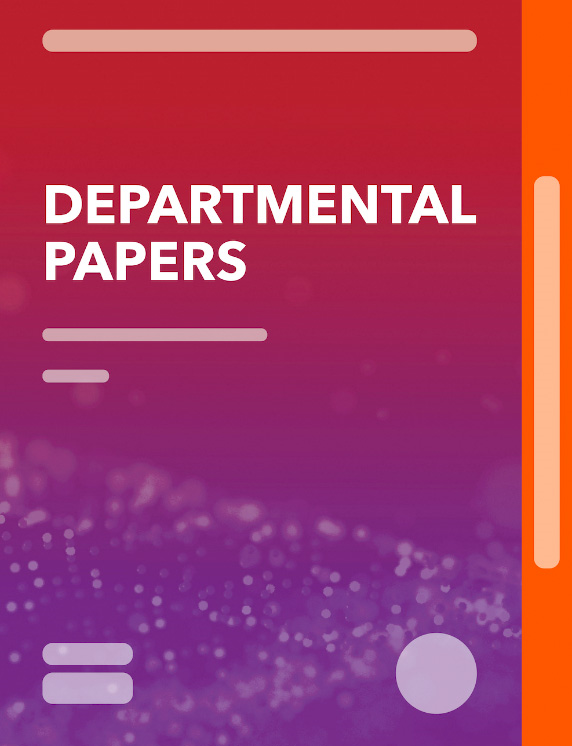Monetary Policy in a Developing Country: Loan Applications and Real Effects
December 23, 2015
Disclaimer: This Working Paper should not be reported as representing the views of the IMF.The views expressed in this Working Paper are those of the author(s) and do not necessarily represent those of the IMF or IMF policy. Working Papers describe research in progress by the author(s) and are published to elicit comments and to further debate
Summary
The transmission of monetary policy to credit aggregates and the real economy can be impaired by weaknesses in the contracting environment, shallow financial markets, and a concentrated banking system. We empirically assess the bank lending channel in Uganda during 2010–2014 using a supervisory dataset of loan applications and granted loans. Our analysis focuses on a short period during which the policy rate rose by 1,000 basis points and then came down by 1,200 basis points. We find that an increase in interest rates reduces the supply of bank credit both on the extensive and intensive margins, and there is significant pass-through to retail lending rates. We document a strong bank balance sheet channel, as the lending behavior of banks with high capital and liquidity is different from that of banks with low capital and liquidity. Finally, we show the impact of monetary policy on real activity across districts depends on banking sector conditions. Overall, our results indicate significant real effects of the bank lending channel in developing countries.
Subject: Asset and liability management, Bank credit, Banking, Credit, Financial institutions, Financial statements, Liquidity, Loans, Money, Public financial management (PFM)
Keywords: bank balance, Bank balance sheet channel, bank capital, Bank credit, Bank lending channel, Credit, demand shock, Developing countries, East Africa, Financial statements, lending rate, Liquidity, Loans, market power, Monetary policy transmission, Sub-Saharan Africa, WP
Pages:
36
Volume:
2015
DOI:
Issue:
270
Series:
Working Paper No. 2015/270
Stock No:
WPIEA2015270
ISBN:
9781513529813
ISSN:
1018-5941





